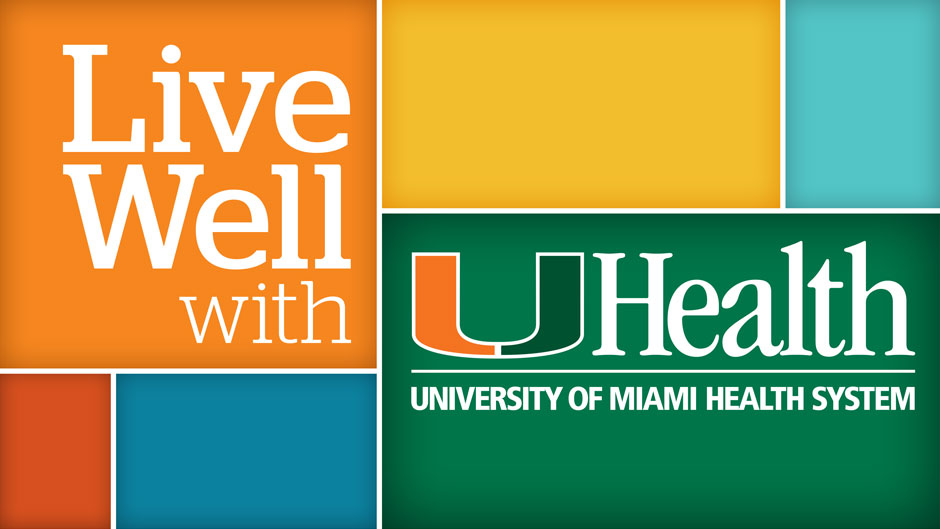Protecting your skin and eyes from sun damage and high temperatures can be a year-round job when living in the Sunshine State. From dodging rashes to debunking skin cancer myths to finding the right protection from the sun, Sylvester Comprehensive Cancer Center and UHealth experts discuss how to stay safe while trying to beat the heat.
Bust skin cancer myths.
Dr. Jennifer Tang, a dermatology expert with Sylvester Comprehensive Cancer Center and the University of Miami Health System shared that every summer glow or tanning session causes cellular damage—even for those with darker pigmentation and skin tones. In fact, the misconception that darker skin is safer to tan is perhaps one of the most dangerous skin cancer myths. Dr. Tang explained that melanomas may not be easy to see on darker skin tones and are often diagnosed later, making them more difficult to treat. Read more about common skin cancer myths and get expert advice on how to spot melanomas on your own skin.
The SPF makes a difference.
While it’s common to wear sunscreen at the beach or during periods of prolonged sun exposure, experts agree that sun prevention is an everyday task. In fact, Dr. Jonette Keri, a dermatologist with the University of Miami Health System, explained that while sunscreen may prevent sunburns, an SPF greater than 15 should be used in order to protect against skin cancer and wrinkles. Even then, the sunscreen—whichever you choose—should be reapplied every one and a half to two hours. With many brands and options available, it’s understandable that sun protection can be overwhelming. Read more from Dr. Keri about the types of sunscreen that work best based on your needs.
Your eyes need protection, too.
Dr. Carol Karp, an ophthalmologist at Bascom Palmer Eye Institute who specializes in cancers of the eye in collaboration with Sylvester Comprehensive Cancer Center, pointed out that many people are shocked to discover that sun damage can cause cancers on the surface of the eye and eyelids—noting that sunglasses are just as important as sunscreen. Dr. Karp explained that there are many variables when it comes to selecting effective eye protection and that higher costs don’t necessarily mean greater protection. Get tips on how to choose the best shades for your lifestyle.
Relief from hot-weather rashes.
In South Florida, hot temperatures usually mean increased sweating, which often contributes to unwelcomed skin conditions. While many common rashes—caused by an overgrowth of yeast or fungus—are not cause for alarm, it’s important to know how to identify and treat whatever comes your way. Dr. Andrea Maderal, a dermatology expert with the University of Miami Health System, breaks down the differences between common skin conditions and provides direction on the best ways to get relief.
Access the medical care you need at a UHealth facility or via telehealth by scheduling an appointment. Find additional information about scheduling or call 305-243-4000.
Live Well with UHealth is a series highlighting curated content from articles previously published on UMiami Health News, a site that shares useful health tips and insights into research discoveries that change lives, brought to you by the experts at the University of Miami Health System. This story highlights the following articles:
- Skin cancer facts vs. fiction by Dana Kantrowitz, July 7, 2020
- Spotting melanomas: How to keep your skin in check by Dana Kantrowitz, May 16, 2018
- Which sunscreen is best for you by Dana Kantrowitz, June 26, 2018
- Sunglasses or sunscreen by UMiami Health News, Aug. 8, 2019
- Get relief from summer rashes by Natasha Bright, Aug. 27, 2018

